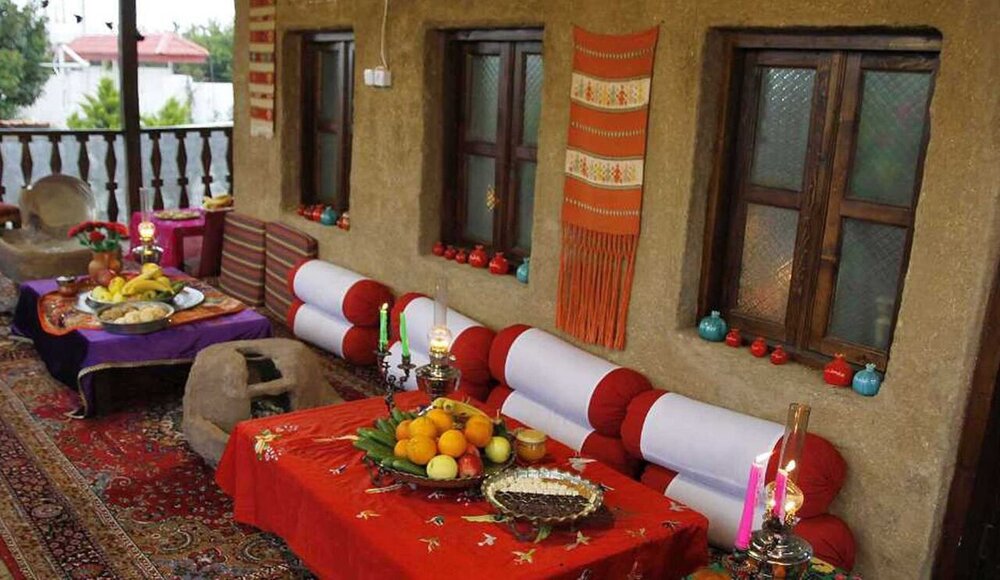Eco-lodges pillar of rural tourism in Kermanshah province

TEHRAN - Eco-lodges, as wallet-friendly accommodations, are rapidly gaining popularity for sightseers in Kermanshah province, western Iran.
Many travelers are eager to protect the environment and contribute to local economies by minimizing their impact on the natural environment and local populations.
Currently, 35 eco-lodge units offer services to travelers in villages and rural districts across Kordestan province, provincial tourism chief Yaqub Guylian said on Tuesday.
It has been an emerging trend, the official said. “Over the past couple of years, the number of domestic and foreign travelers staying at eco-lodges has increased across the province.”
The growing tendency of tourists to experience indigenous and local cultures has made them want to get closer to natural and indigenous living conditions, experiencing the old-fashioned way of life, considering that staying in these eco-lodge units is much cheaper than other accommodation centers.
As mentioned by Guylian, the scenic villages of Kordestan should reap the fruit of ecotourism as a major economic stimulus. “The development of eco-lodge units can contribute to the creation of sustainable employment in rural areas.”
Guylian said that ecotourism residences can pave the way for sustainable tourism and economic prosperity in rural areas.
Elsewhere in his remakes, the official reminded kinds of protection travel insiders may provide to rural settings. “Tour operators should do their best to highlight indigenous customs, culture, nature, handicrafts, local dishes, and historical monuments.”
Moreover, the official said his directorate supports private investors who are eager to make traditional accommodations in villages. “Investors who wish to build houses with traditional architecture and create sustainable employment in the villages of the province are welcomed and supported.”
“Currently, there are 43 villages with tourism facilities across the province,” the official said.
For many villages in the province, agriculture and animal breeding have been important sources of income.
The name Kordestan refers to the region’s principal inhabitants. After the Turkish invasion of Iran in the 11th century CE (Seljuk period), the name Kurdistan was applied to the region comprising the northwestern Zagros Mountains. It was during the reign of Abbas I the Great of Iran’s Safavid dynasty (1501–1736) that the Kurds rose to prominence, having been enlisted by Abbas I to help stem the attacks of the marauding Uzbeks from the east in the early 17th century.
Having a very diverse natural setting, Iran offers varied excursions to nature lovers. Sightseers may live with a nomad or rural family or enjoy an independent stay. The country is home to abundant historical mansions, caravanserais, bathhouses, madrasas, and other massive monuments, which can buttress its budding tourism and hospitality sectors if managed appropriately and refurbished properly.
In recent years, several historical mansions and rural houses across the country have been repurposed into eco-lodge units to attract more domestic and foreign tourists. Such guest houses are aimed to represent the indigenous culture, local customs, traditions, and stories, while the guests are served delicious food with local ingredients.
AM
Leave a Comment